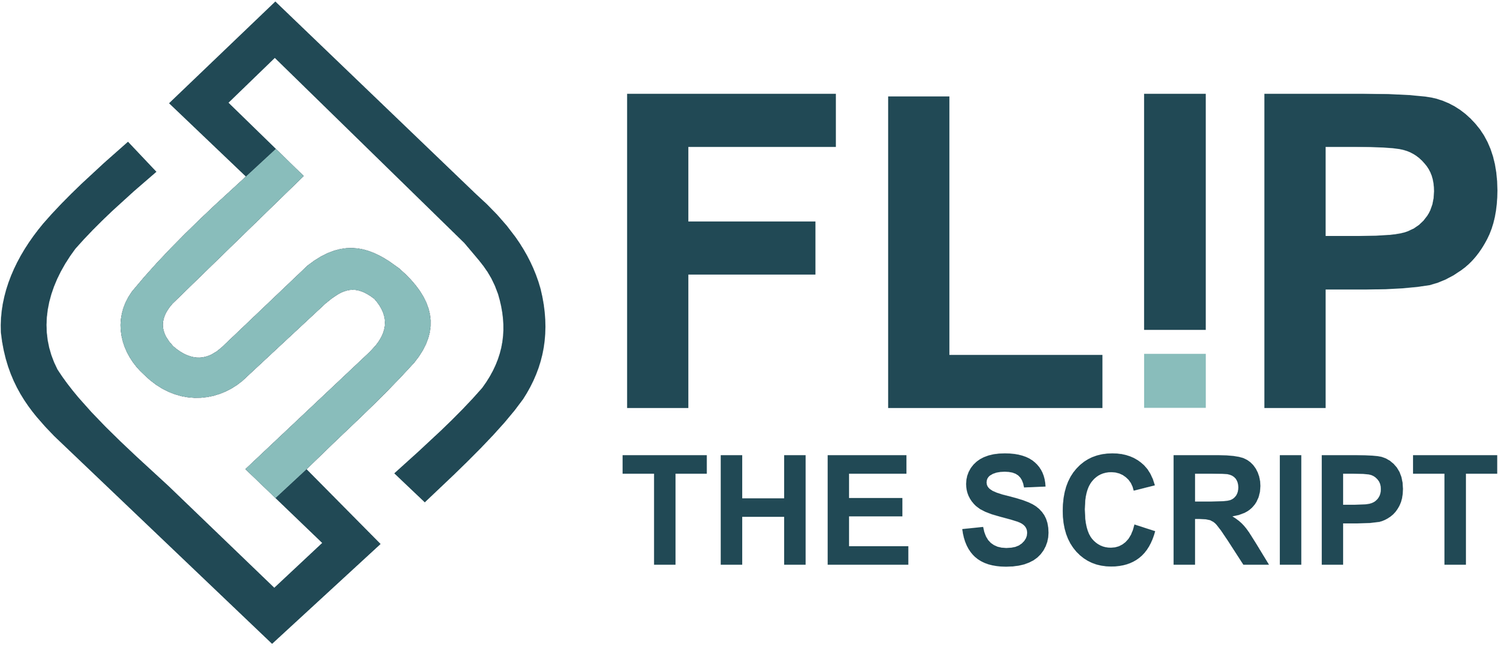Stop Solving Problems
Move from addressing symptoms to fixing what’s broken.
"Managers are not confronted with problems that are independent of each other, but with dynamic situations that consist of complex systems of changing problems that interact with each other. I call such situations messes. Problems are extracted from messes by analysis. Managers do not solve problems, they manage messes." ~ Russell L. Ackoff
Ackoff was capital B-Brilliant at systems thinking. He seemed pretty correct about a lot of things, and this is one of them.
Why Messes Happen
As Systems Design Director at Flip the Script, I work with a variety of clients on their systems and processes. One of the most common root causes of systemic dysfunction is information siloes- that information is not flowing in a timely and correct manner to where it needs to go. Departments within companies are often mired in bureaucracy, and cross-functional communication is a challenge. The issue becomes that the system cannot recover quickly enough because change is coming at it too fast- and information is coming too late.
If I had a dime for every time I heard "I have no idea, that's not my department" or some variant thereof, I wouldn't need to ever write anything again! Siloes mean few (if any) people have a truly holistic appreciation of the connections between stakeholders.
The other recurring theme I see far too often is that systems (along with processes and cultures) aren't consciously designed; they accumulate over time, with people seeking specific tools for niche problems (remember that interdepartmental communication problem? It makes this issue worse!). Before you know it, your system is a hodgepodge of disconnected platforms, held together by manual processes and the will of employees. Worse still, the documentation for the processes meant to support these platforms is nowhere to be found.
Ideally processes should be in a symbiotic relationship with your systems. You want both to work in tandem, creating efficiencies through intelligent integrations and streamlined workflows. However, most companies use processes to mitigate the ineffectiveness of platforms.
This is an example of a "fixes that fail" systems archetype- you implement a fix, but the unintended consequence from that fix exacerbates the original problem. One particularly colorful example is when I saw a meta-rework process in a previous life: reworking the rework. Why? Because errors were so rampant they threw together a team to “monitor” the errors but didn’t train them to effectively correct the errors so the corrections had errors! People were exhausted, frustrated, and leaving in droves. The staff turnover created a lot of gaps that were difficult to plug up with an already overstretched workforce. This led to significant compliance risk and a £162 million fine later!
What To Do About Messes
So we now have some appreciation of the things that cause messes:
Siloes
Systems aren’t designed consciously- with the end in mind
An unnecessary tug of war between system and process
All of these may quickly lead to bureaucracy, retention issues, and unnecessary costs.
So what is someone to do in all this?
You must start with two key things that people often overlook:
OBSERVATION
Always observe a system first. I cannot stress this enough. Especially if you are hired to 'fix' these situations, it can be tempting to go in and immediately start making changes. Freeze! Step away from the PowerPoint presentation deck!
If you don't know the default state, you can't be sure that you won't end up with a “fixes that fail” situation when you start making changes. Observation doesn't mean stalking either, by the way. It's a conscious awareness of the environment, supplemented by your notes and any existing data that helps clarify the situation further.
COMMUNICATION
Communication is so incredibly crucial because the effectiveness of a system is best approximated by how well it serves stakeholder needs. That is by far the most critical metric in this space. And who are your key stakeholders? Employees, clients, and end-users (if these aren't your clients). That's it. Whoever they may be, other stakeholders will be taken care of as a natural consequence of looking after these three crucial groups.
It does not matter if your system looks great on paper. If its structure isn't conducive to producing the behaviors and outcomes you need, if the people in the system don't jive with it, it's all a moot point. If you are a manager, you can get guidance on setting up the environment, measuring performance, cultivating identity, and optimizing communication through our EPIC Management program. If you're a business owner, your next move is a little different.
What we've covered here are just the essential starting points. But there’s one more major challenge:
As a part of the system, you impact it, and it impacts you. That reciprocity can make it difficult to parse out the paradigms that underlie the system itself.
That’s why the best approach is to bring in an external party to investigate further, using the findings from observation & communication as a springboard.
And here lies the secret sauce to the most profound systemic change: you need to overcome the mindsets that created it in the first place. By definition, we can't see our blind spots, so it helps to have someone in your corner who is conscious of all these pieces while being as objective as possible.
Getting Clarity
Don't have someone in your organization who can research, design, implement and optimize your tech stack? Don't worry, we do! Book a call here and tell us what's on your mind. We're happy to listen and even happier to help if we can :)

